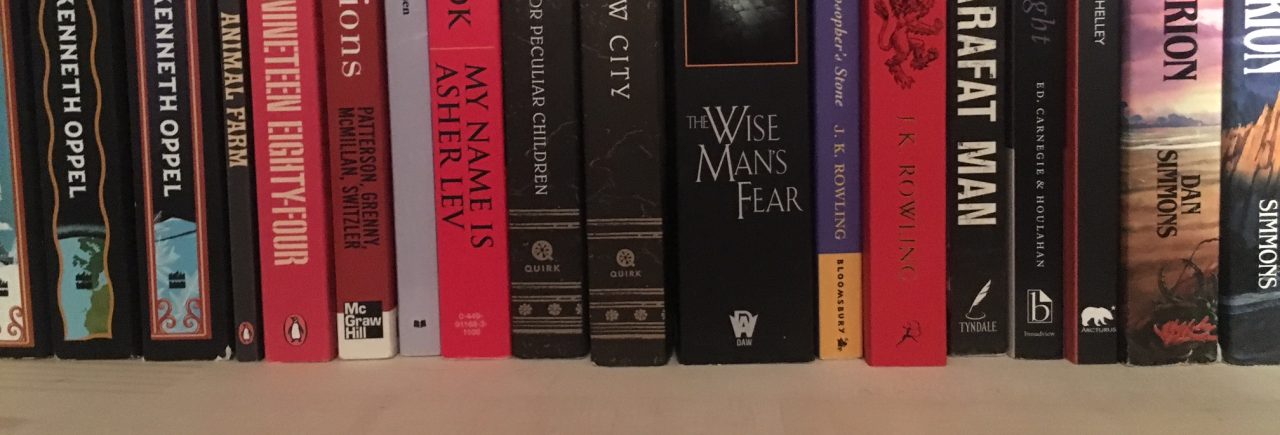Web 2.0 is all around us. We are constantly integrating and merging media with our daily lives. Going into this post I wasn’t quite sure how to even define the term Web 2.0. I knew the term, heard it being thrown around but if you had asked me what it was or how libraries were using Web 2.0 I would have had no ideas.
Growing up, the small town I lived in only had the one library in our school. It was very out-dated with a crotchety old lady sitting behind the desk. I think we had some cassette tapes and a few computers in the back but that was the only technology you would find in there. It was only after moving away that I realized what an important role Web 2.0 has in libraries today.
It’s amazing how libraries have embraced technology and, because of that, have flourished and can reach a much larger audience. Tweeting, so mass amounts of people can see what is going on at your library. Podcasts talking to the great minds of this generation about learning, books, and life. YouTube pages giving people everything from stories read aloud to tutorials on how to find online resources. These are just a few of the incredible ways libraries are using Web 2.0 to keep their community informed.
As a future library technician, this is SO very exciting for me! I love technology and I am always excited for new and exciting ways I can communicate with people from my own circles and people from around the world. Whether it be through social media, now blogging, and who knows maybe even a podcast eventually.
What are your favourite ways your public library has integrated Web 2.0? Leave a reply in the comments down below!
